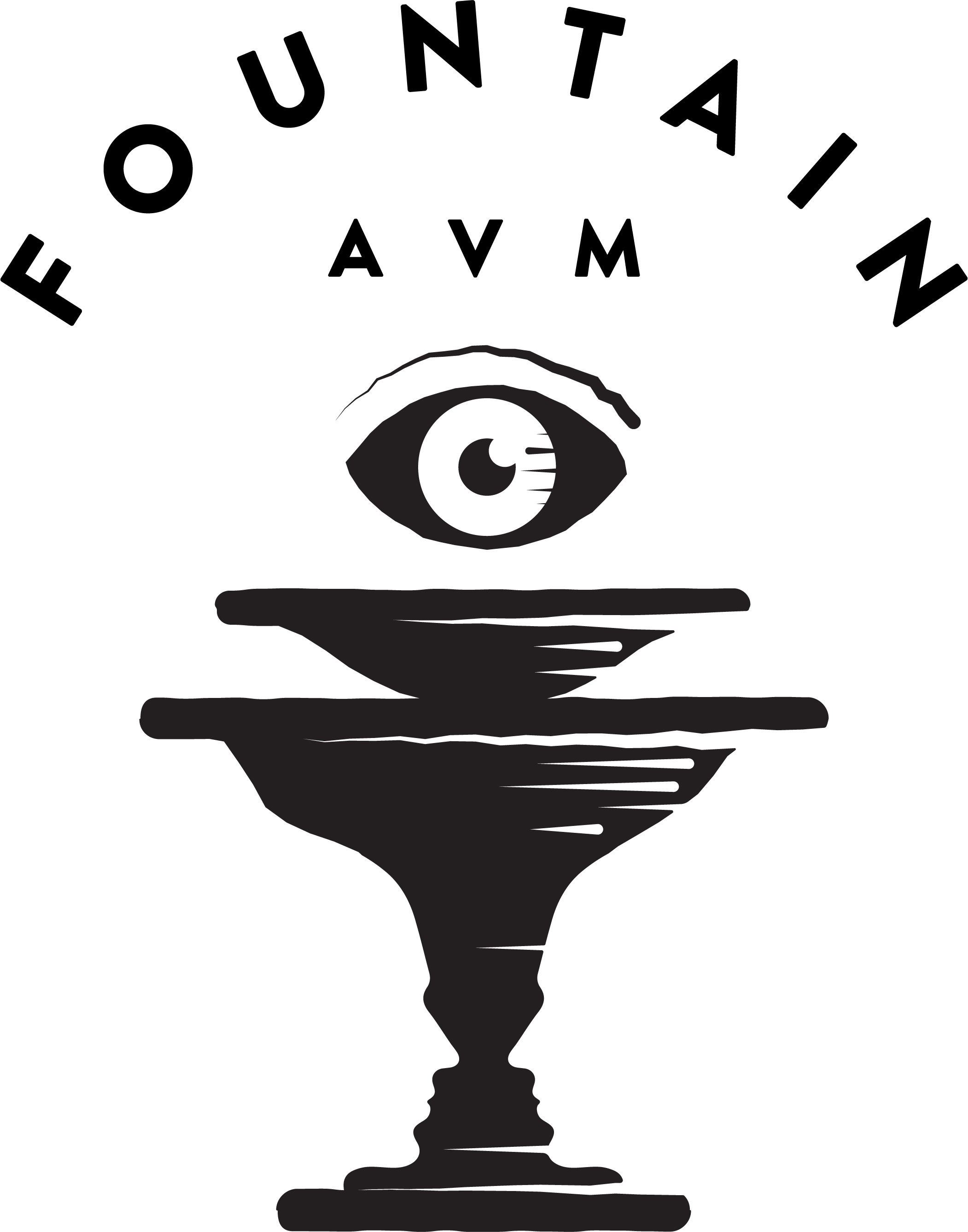The conclusion “Pleasantly Persian” was part of a live performance at Peasantries and Pleasantries: Record Hausu recorded during the time of these sessions. This outro cycles us back to finish in a Persian mode - the starting point of the record. In an academic sense, this returns us to the historical origin of many of the ancient musical developments the world has seen. Lloyd has spent his life in Persian studies; earning a doctorate degree in the field, and stressing that Persian music is of the oldest and purest forms of music.
This final recording documents one of the most transcendent moments of that intimate summer evening and again returns me home by reminding me what we had initially set out to do: create a sense of peace and tranquility for the world through music and to try to “keep us from blowing ourselves up”. Ian makes his bass gently sing while Lloyd angelically plays the santur in a way that fills the room with divine elegance and charm, commanding respect for a music tradition thousands of years old. This is what it is all about for Lloyd, especially playing live for an audience. He truly believes in the power of music, for both good and bad. I believe everyone that night was moved slightly into a permanently more peaceful state of being - I know I was.
Throughout the years, the majority of Lloyd’s releases had an academic purpose and geographical perspective - always with a subtle undertone of radical attitude. He’s made records with clumsy students like myself and unsung talents like Ian Camp. This record is similar in those regards however it does travel somewhere a little different, a bit further, and even deeper.
True to Lloyd’s process, we started with geographical modes and scales, but we never completely succumbed to traditional music. I feel that Lloyd utilized his vast knowledge of ancient tradition and modal charts to explore his own cerebral geography; expressing, discussing and releasing much of the troublesome terrain of his own mind. Lloyd has driven this world around the sun over 80 times, suffered strokes, and lived an extraordinary life. He pays close attention to world affairs and is wary of the control systems of power, evil, and consumerism. Lloyd is mindful of religious prophecy and scripture that warns the world of all of these snares and their outcomes. Whether intentional or not, I hear it all in these recordings.
I feel this record to be Lloyd’s most personal musical project to date. Even while the inevitable outcomes of age and health have slightly affected him, he plays with as much and at times more feeling than I have ever heard from him. Each of these songs on this album are sketches from the subconscious, internal stories shared, and an improvisational dialogue with Ian and myself. Lloyd invited us into his basement, and all of us into part of his psyche. This intimate album, recorded using a Casio piano, some cheap mics and a bunch of old instruments from all around the world, inadvertently follows Doc Miller's legacy of unique, DIY, homegrown LPs that somehow possess a vast reach.
I write these last words on May 30th, 2020 while the uncertain world still isolates from the pandemic. In America even more turmoil grows, as last night’s race riots flooded public spaces and police cars burned in the streets of Salt Lake City in protest of police brutality and racial inequality. Now, more than ever, we need comfort, peace, empathy and understanding for each other. Lloyd has been championing the various cultures and heritages of the world for nearly 60 years, converting every listener he has to a fan of world music and appreciator of global culture.
We set off to make music for others to recalibrate their hectic minds with, and maybe we achieved that. But even more, I believe this experiment became an exercise for Lloyd to clear his own head and reset his own anxieties and to transcend through his own playing - a true semblance of spiritual jazz. I believe Lloyd had a lot of energy to get out, uneasy feelings and moods to express. This is why “At the Ends of the World” is Lloyd's most atmospheric record to date.











